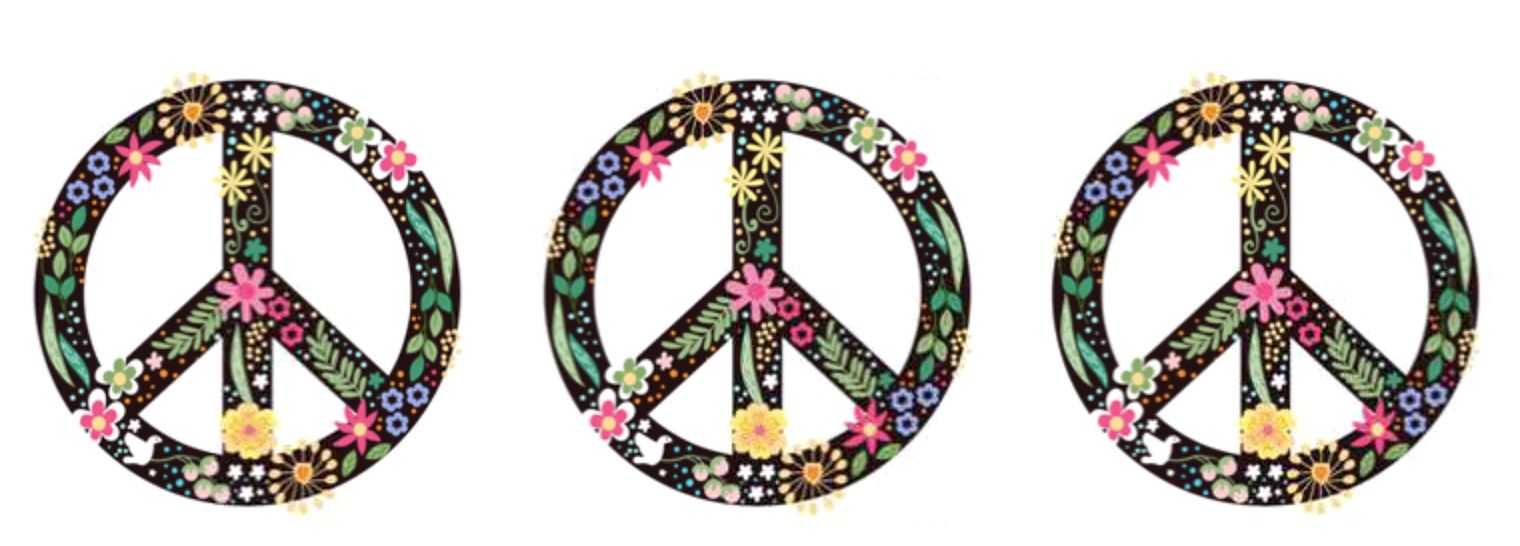By K Grieve
•
October 20, 2025
The Way We Were Inspired by a piece called “We are the Bridge” We baby boomers have lived through more change than perhaps any generation before us. Born into a world of black-and-white televisions and handwritten letters, I, like most “boomers,” oddly find myself checking facts on Google, ordering everything and anything online, and FaceTiming my grandchildren from the dock at our lake place, Alexander Point. Most of us “boomers” are well past our 60s and have maneuvered technological change and societal upheaval. We have lived through a century of change - all condensed into one lifetime. We began in an age when milk was delivered to the door, phones were attached to walls, and families gathered around the evening news. Now we live in a world where our grandchildren carry the universe in their pockets and talk to digital assistants as if they were family. I grew up in a Catholic family in Winnipeg, where the rhythm of life followed the church bells — Mass on Sundays, confession on Saturdays, and a firm belief that nuns had eyes in the back of their heads. Faith was as much about community as it was about doctrine; it shaped how we showed up for one another. Even now, I hold on to the parts that speak to compassion, social justice, and the quiet sense that we’re all meant to look out for each other. In those days, Winnipeg felt both small and vast. The kind of place where most everyone in your neighborhood knew your last name and where you were on Friday nights. Summers meant escaping the city and heading to the many magnificent Manitoba lakes or where those of us without lake access went to the free admission community swimming pool. We learned to swim, meet with friends, ride bikes, play tag, and stretch the days long past sunset. It was a world without screens or schedules. Time felt good. Then life accelerated. We watched Kennedy promise the moon and for Man actually get there. Women, including many of us, symbolically burned their bras and then stepped confidently into new careers and public life. We typed on manual typewriters, progressed to IBM Selectrics, and eventually learned to “click send.” The first time I used email, I remember thinking it felt unreal - a letter that didn’t need a stamp. We’ve seen family life reinvented, gender roles rewritten, and communication transformed from handwritten letters to emoji-laden texts. We remember when a photo meant developing film and waiting days to see if it “turned out.” Now we can take a dozen shots before breakfast and (my personal favorite) delete the ones that don’t flatter. Now, my grandchildren can find anything with a swipe of a finger, and they ask Siri questions we used to save for the Encyclopedia Britannica. When they show me how to work a new app or laugh that I “still type with two fingers,” I remind them that my generation invented the personal computer, the protest march, and the peace sign - we’re hardly “not with it.” We watched Elvis shake his hips, Kennedy inspire a nation, Martin Luther King Jr. dream, the Beatles redefine music, and Neil Armstrong “Take one step for man, one giant leap for mankind.” We questioned authority, protested wars, fought for rights, and then, almost without noticing, became the authority. And then, the impossible happened: our Dick Tracy dreams came true. We once giggled at that comic-strip detective talking into his wristwatch; now our Apple Watches tell us when to stand, remind us to breathe, and nudge us toward our daily steps. How were we to know that Maxwell Smart’s shoe phone was a precursor to today’s iPhone? Technology, once the stuff of fantasy, has become as ordinary as brushing our teeth. What amazes me most is how the threads of then and now connect. At Alexander Point, our summer retreat, I watch my grandchildren leap off the dock, their laughter echoing across the water just as mine once did when leaping into the community pool. Different time, same joy. They may post their memories instantly; I write mine down and shape them into stories, but it’s the same impulse: to remember, to share, and to belong. We baby boomers are the bridge between worlds - from the catechism to the cloud, from handwritten letters to video calls, from milkmen to meal kits. We carry the past in our bones and the future in our hands. And standing on that bridge, with a grandchild’s hand in mine and the summer wind off the lake “ruining” my hair, I can’t help but feel grateful to have lived through it all - the slow and the fast, the sacred and the digital, the then and the now. We may not dance like we once did, but we still know all the words to the songs that shaped us. We may scroll slower than the younger generation, but we still want to know what’s happening in the world…and if we pause to reflect, as boomers tend to do, we realize how lucky we are to have witnessed humanity stretch, stumble, and soar. Our phones, those sleek rectangles that never leave our sides, are more powerful than the computers that sent astronauts to the moon. We once shared one rotary phone in the kitchen, its long, twisted cord stretched around corners so we could whisper secrets. Now we carry the world in our pockets and see our grandchildren’s faces light up in real time, oceans away. Then the Internet showed up! What a game changer! It linked the world in ways we could hardly have imagined, making libraries, classrooms, and newsrooms just a click away. It amplified voices that often went unheard and opened up a world of knowledge, opportunities, and connections. But along with these benefits came a lot of noise — misinformation, division, and a constant stream of opinions. We gained immediate access to a wealth of information, yet sometimes lost that essential quiet space needed for reflection. Despite its contradictions, the Internet has transformed how we communicate. It brought us closer together and broadened the horizons of what we could learn — as long as we choose wisely about what we pay attention to. Worse still, the Internet gave cover to cruelty. The anonymity of the Internet seems to grant some people license to say things our generation would never have tolerated in public. We were taught to bite our tongues, to disagree without tearing someone down. Today, behind screens and usernames, too many speak without kindness or consequence. It’s a loss of civility that still startles me - how easily respect can evaporate when faces are hidden. It’s shocking to witness how quickly respect can vanish when people aren’t face-to-face. Even shopping has transformed from an errand to an algorithm. I remember the thrill of department stores - the clatter of hangers and the excitement of the Sears’ Christmas catalogue arriving in the mail. Today, a few taps on Amazon, and a box appears at the door by morning. I still find it astonishing- and a little sad - that convenience has replaced conversation. A. nd somewhere along the way, waiting disappeared. We used to line up at the bank on Fridays to cash our paychecks, and at McDonald’s to order a burger and fries that actually took a few minutes to cook. Now, we get restless if a website takes more than three seconds to load. Groceries arrive within hours; packages appear the next day. What once felt like luxury is now expected. We’ve become so accustomed to immediacy that patience, once a virtue, is now a shortcoming! And along comes Artificial Intelligence— this strange, brilliant new frontier. It writes, paints, answers questions, even mimics voices. Part of me is amazed: after all, it’s just another step in our long dance with progress. But another part wonders what happens when machines begin to “think” faster than we do. Will curiosity fade when answers come too easily? Will we forget how to reflect, to wrestle with ideas, to linger in uncertainty - the very things that make us human? Will one of my protégés marry an AI creation? Yet, through all of it, faith, family, technology, and time, one truth endures: connection. Whether through handwritten letters or instant messages, church basements or Zoom calls, it has always been about reaching out, holding on, staying close. The Wi-Fi at Alexander Point is often spotty, but the sunsets never fail. I watch my grandchildren leap off the “bouncy thing”, their laughter carrying across the water. I remember jumping off the cracked concrete dock that my in-laws had at their cozy cottage at White Lake in Manitoba. My grandchildren post their memories instantly; I write mine down and shape them into stories. But it’s the same impulse— to remember, to share, to belong. We baby boomers are the bridge between worlds - from catechism to cloud, from rotary dials to smartwatches, from handwritten notes to emojis. We carry the past in our bones and the future in our hands. And standing on that “bridge” with a grandchild standing beside me and the lake spread before us, I can’t help but feel grateful for the slowness that shaped us, and the speed that still surprises us.



